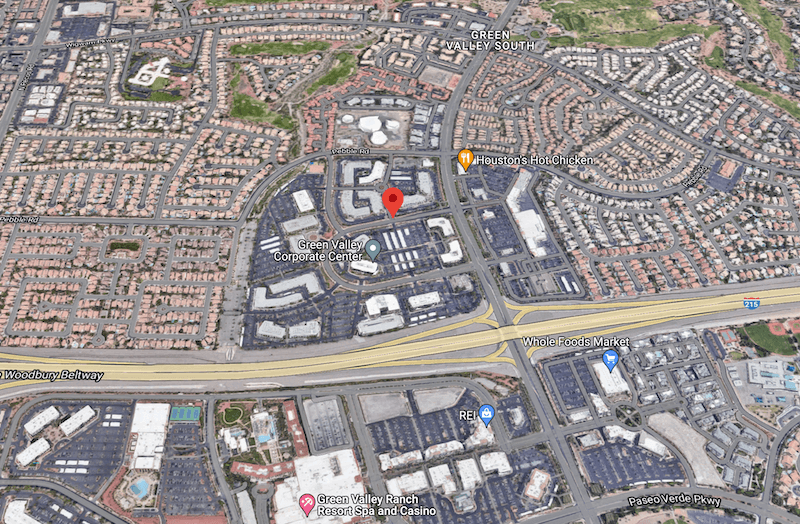
Back in 2014 I was in the live audience here in San Francisco listening to Tony Hsieh speak. He gave a presentation that was partly about the formation of his company Zappos. But more interestingly to me, it was about his attempts at urban revitalization in downtown Las Vegas where his company had relocated. (Feel free to skip ahead to the 20:23 minute mark of the video to get to the downtown Las Vegas segment.)
editor's note: video embedded below is set up to start at 20:20 mark
Zappos sells shoes on the internet. Back in 1999 when the company first launched this was a novel business model. A significant portion of what Zappos does involves a call center where customers interact with company representatives. These jobs are usually pretty unpleasant and don’t typically pay very well. Many companies outsource the entire call center process to other firms with no connection to the primary business. Employees at such places have been known to quit and take a similar job at a competitor’s call center for as little as an extra 25 cents per hour. That turnover is expensive since companies are constantly having to hire and train new employees. And having inexperienced and unhappy workers tends to translate to a mediocre experience for customers which isn’t great for business.
Tony Hsieh decided he could cultivate a high quality work environment and keep his employees happy. That would translate to lower turnover, better customer relations, and a more profitable business. The first step was to relocate the business to a place where there was already a large pool of people with experience in customer service. Las Vegas, with its extensive hospitality industry, was on the top of that list. Nevada is also a considerably less expensive place for both businesses and employees.

At first Zappos operated out of a few generic insular office buildings in Henderson, a suburb about half an hour outside of Las Vegas. This was standard practice for most companies at the time. Employees lived in garden apartment complexes, condos, or tract homes and drove to work in private vehicles. Giant parking lots. Huge highways. Big box stores. Nothing out of the ordinary. Reviews of Zappos from call center workers from that time were generally positive, although it’s clear Hsieh’s corporate culture self selected for a particular variety of extroverts.
Read the rest of this piece at Granola Shotgun.
Johnny Sanphillippo is an amateur architecture buff with a passionate interest in where and how we all live and occupy the landscape, from small rural towns to skyscrapers and everything in between. He travels often, conducts interviews with people of interest, and gathers photos and video of places worth talking about (which he often shares on Strong Towns). Johnny writes for Strong Towns, and his blog, Granola Shotgun.
Photo: DHBook via Flickr under CC 2.0 License.












